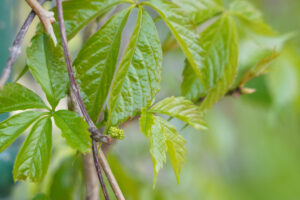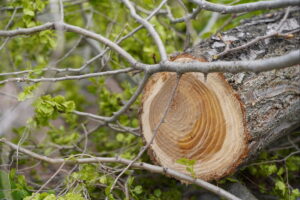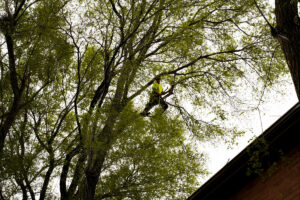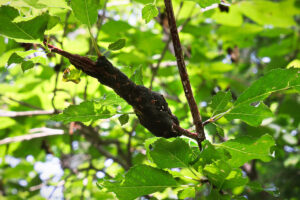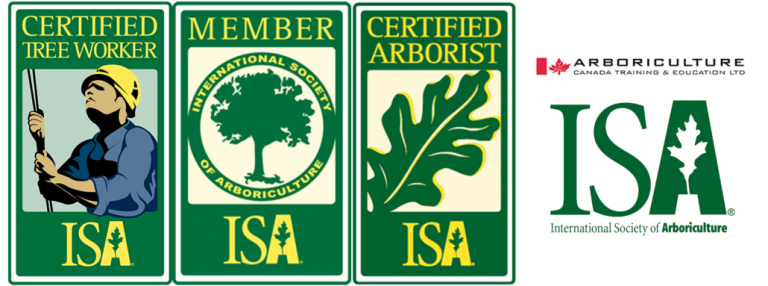The When and Why of Tree Pruning
Tree pruning is a common procedure used to maintain the safety and aesthetics of landscaped trees. While routine thinning does not necessarily increase tree health, it is necessary with trees located in urban and suburban environments. So when and why should you prune your trees?
Why Prune Your Trees
Tree pruning is typically performed to remove dead branches, eliminate rubbing branches, and decrease hazards. Routine tree maintenance also can improve air penetration and increase the amount of light inside the tree’s crown or on the landscaped area below the tree. Mature trees are typically pruned for corrective or preventive reasons.
Best Time to Prune
Trees create foliage to produce the sugar it expels for energy to grow and develop. Removing this dense crown of leaves can decrease the tree’s energy. Therefore, as a general rule, it’s important to only trim or cut when it’s necessary to do so for safety or tree health.
Dead, weak or diseased branches can be removed during any season. However, its best to prune during late fall or winter to minimize sap loss and tree stress. Heavy tree pruning during the spring is discouraged. During this time, trees use a considerable percentage of energy to create foliage. Removing large amounts of foliage in the springtime can cause unnecessary tree stress.
You can follow along on Facebook and Instagram, or you can contact us here if you have any questions.

